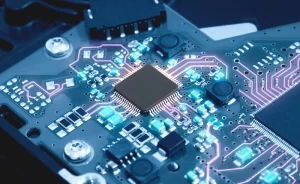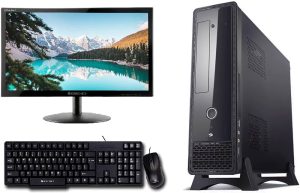Graphics Processing Units, or GPUs, have become an integral part of modern computing, powering everything from gaming and content creation to scientific research and artificial intelligence. While most people are familiar with GPUs as the hardware that makes their video games look great, the architecture and inner workings of these powerful devices remain a mystery to many. In this article, we’ll deeply dive into GPU architecture, exploring the key components and functions that make these chips vital in today’s computing landscape.
Streaming Multiprocessors (SMs):
The heart of a GPU is its streaming multiprocessors (SMs). These are individual processing units responsible for executing the instructions and operations of a program or algorithm. A modern GPU can have multiple SMs, each with hundreds or thousands of individual cores, allowing for massive parallelism.
CUDA Cores and Shader Units:
Within each SM, you’ll find CUDA cores (for NVIDIA GPUs) or shader units (for AMD GPUs). These are the fundamental building blocks responsible for performing the actual calculations. A single SM can contain several CUDA cores or shader units, allowing them to handle multiple tasks simultaneously. The more CUDA cores or shader units a GPU has, the more parallel processing power it can deliver.
Memory Hierarchy:
GPUs have their memory hierarchy, which includes several types of memory. The fastest and most critical memory is the registers, followed by shared memory and local memory. The next memory level is global memory, which is relatively slower but can store more significant data. Efficient memory management is essential to ensure the GPU can access the data it needs without unnecessary delays.
Texture Units:
Texture units are specialized units within the GPU that handle the sampling of textures. Textures are images applied to 3D objects, and these units are responsible for fetching and processing the pixel data from those textures. Texture units are crucial for rendering realistic graphics in video games.
Compute Units:
In addition to graphics rendering, modern GPUs are used for general-purpose computing tasks through compute units. These units allow GPUs to perform various non-graphics tasks, from scientific simulations and machine learning to cryptocurrency mining. The ability to harness the immense parallel processing power of GPUs for these tasks has made them a valuable tool in many fields.
Parallelism and GPGPU:
The ability to perform many tasks in parallel is one of the defining characteristics of GPUs. This property has given rise to the concept of General-Purpose Graphics Processing Unit (GPGPU) computing. Researchers and developers can leverage the power of GPUs for tasks far beyond graphics, from simulating physical phenomena and analyzing large datasets to accelerating machine learning algorithms.
Closing Words
GPUs are a fascinating and essential component of modern computing, with a rich and complex architecture designed for parallelism and high-performance graphics rendering. As technology advances, the capabilities of GPUs are set to expand, further solidifying their role in powering the digital experiences of the future. Whether you’re a gamer, a content creator, a scientist, or a developer, understanding the inner workings of GPU architecture can help you appreciate the incredible feats these devices achieve daily.





